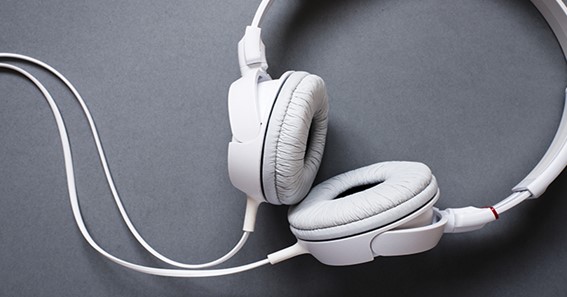Professional audio recording firms use monitoring headphones; it’s common to find Professional Monitoring Headphones with producers, sound engineers, music producers, or music enthusiasts. Artists also utilize them during their recording sessions. Note that studio headphones are not similar to the conventional headphones you use when listening to music.
While they can prove to be a worthwhile investment for production needs or comprehensive entertainment, you should use them appropriately for you to experience all the audio elements throughout production without any external interference. Follow these tips to benefit from your monitoring headphones maximumly, whether you’re producing or mixing audio.
- Monitoring Effectively Throughout Recording Processes
Whenever you’re recording instruments or doing voice takes at your studio, a singer or instrumentalist needs to listen to what you had previously recorded for them to sync in real-time with the remainder of the song. Running guide audios via studio speakers is not ideal because the noise gets captured on recording devices which damages takes. A decent set of monitoring headphones can be helpful in such times. Should you be interested in recording many artists simultaneously, each with their headphones set, you’ll have to utilize a headphone amplifier. Often, ordinary amps come with four outputs to accommodate the four pairs of monitoring headphones.
- Headphones For Observations During Mixing
You should not assume that mixing entire tracks using monitoring headphones is a great strategy. Listening to music or audio pieces through headphones is significantly different from monitoring via studio headphones. Whatever sound you hear via headphones sets differs from sounds you hear through monitoring headphones. Conversely, audios emanating from studio monitors play at more significant volumes while interacting with the surroundings and your studio’s sound; this alters the impression of the audio you listen to, making it different. You will discover most of the time that mixing on your headphones produces different sounds from what plays back on your studio speakers. Generally, the outcome can be so disparate that you may have to start the mixing afresh.
However, some situations call for the use of headphones. You can use monitoring headphones to listen to tiny elements when mixing or to confirm that mixing on your studio speakers is okay. If anything, lots of audio consumption is via headphones. For that reason, use them to analyze your mixes now and then.
- Use The Right Monitoring Headphones
While monitoring headphones are available in two styles, each has unique functionalities. It’s essential to consider their features to ensure you get optimal performance:
- Headphones With Closed Backs
Closed-back monitoring headphones can isolate a listener’s hearing. Very minimal sound can get in or exit the monitoring headphones. Consequently, they are suitable for monitoring since they reduce bleeding. They can also help to improve bass performance significantly. As a result of the isolation, the music may seem odd since ears aren’t accustomed to shutting off from the surroundings. Therefore, they are not particularly helpful when it comes to monitoring mixes.
- Headphones With Open-Back Design
Open-back headphones are more natural to listeners as they allow sound from their surroundings. Yet, this implies that audio from phones seeps out; this can pose issues when recording, especially for singers who prefer standing instead of recording microphones. Whenever click records get played, the spillage can get considerably worse.
Instrument loudness can readily cover leakages from monitoring headphones when listening to heavier sounds, including guitars or cymbals. They aren’t perfect for mixing since they have poor dynamic range, and thus, the audio you listen to isn’t realistic.
Avoid Using Hard Panning
When monitoring audio through studio headphones, the left ear listens to audio from the loudspeaker to your left. It then gets audio from your right monitoring speaker in fraction milliseconds afterward, that is, crossfeed. From such outcomes, extremely panning tracks on monitoring speakers does not entirely exclude the audio from the other ear.
Monitoring headphones, on the other hand, offer a different scenario. Complex panning music on them silences sound from the opposing channel entirely. Therefore, you should avoid using severe panning whenever you’re mixing on monitoring headphones to ensure that sounds in your mixing are audible in both ears.
When setting up a recording studio, owning a comfy set of monitoring headphones should top your list. Generally, most monitoring headphones offer excellent bass and frequency responsiveness. However, you should also consider ergonomics since you may have to wear a set for extended durations.
Understand that using studio monitoring headphones during mixing isn’t ideal; instead, use them for monitoring. Also, it can be somehow noisy during recordings, so a decent set of headphones with closed backs should be sufficient for your studio requirements.
To Know Some Great Stuff Do Visit ATSMotorSports
To Know Some Great Stuff Do Visit BeingCost
To Know Some Great Stuff Do Visit BestMoviesIn







